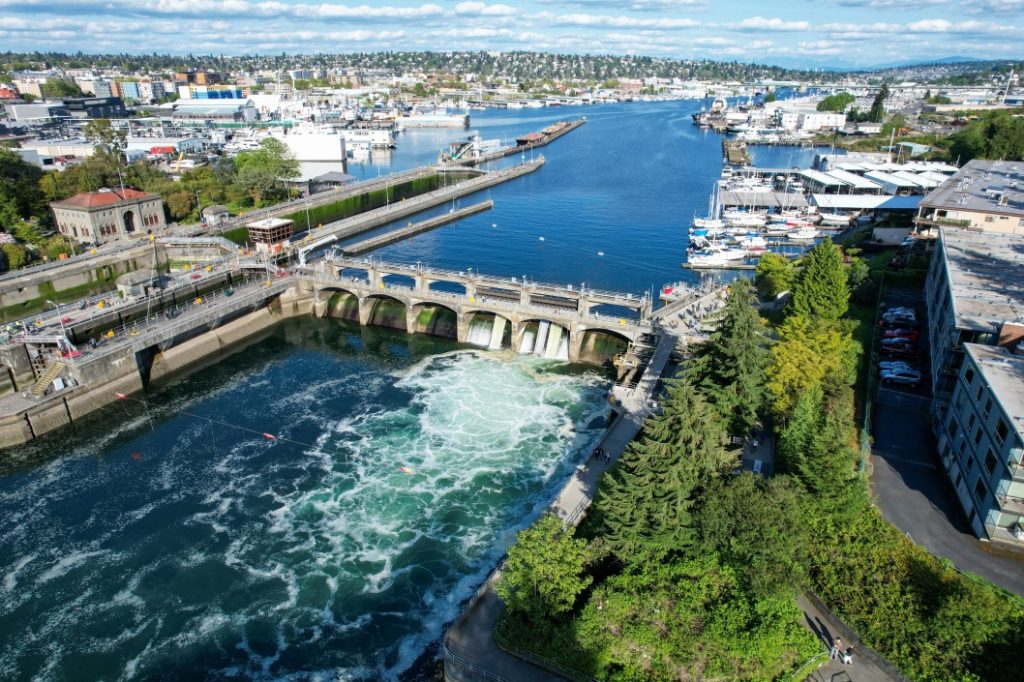Plans to raze dams in North America are raising issues around economic growth, public safety, environmentalism, tribal rights, and fish.
It’s almost impossible to make an economic decision that has absolutely no downsides. Staying in to study may help you clinch your dream job, but it may also decimate your social life, and the wellbeing benefits that come with it. Economists call the things that are given up when one decision is made over another opportunity costs.
It’s also hard to make economic decisions that don’t impact anyone else, either positively or negatively. When a businessperson decides to build a factory, other people benefit from the increase in goods, jobs and contribution to economic growth, but are also negatively affected by the extra noise, pollution and contribution to climate change. Economists describe these extra effects as externalities.
Zoom into any real-world economy, and you’ll find countless examples of things that are essentially a tangled-up mess of various and conflicting costs, benefits, opportunity costs and externalities. One such example are the four dams that straddle the Klamath river in the United States.
The dams are owned by an energy company. The hydroelectric power they produce not only keeps the lights on in 70,000 homes, but is also renewable. Renewable energy is seen as an important tool in the fight against climate change, and a much better alternative to fossil fuels.
But dams also stop fish such as salmon from traversing the river and allow harmful fish parasites and toxic algae to build up in the water. They have been blamed for a big decline in salmon populations in recent years. While that’s bad news for nearby sushi lovers, it is particularly resented by local indigenous communities. Many members of these tribes want the dams torn down. They were never consulted on their construction, and some see the infrastructure as a constant reminder of the atrocities visited on native populations throughout America’s colonisation.
The Federal Energy Regulatory Commission has now agreed with them, and the dams are slated to be removed in 2023. Not everyone is happy about this, however. For a start, there’s the environmental concerns. The energy company that owns the dams says it will replace the lost power by ramping up its other energy-producing assets - the vast majority of which is powered by fossil fuels. Some also say climate change is the real culprit for declining salmon numbers, or that the fish could be helped by simply building ladders and tunnels in the dams for them.
On top of this, many locals are worried about public safety. The land around the Klamath river is prone to wildfires, and firefighting helicopters currently rely on the dams for a quick-access supply of water. Then there’s concerns about the cost of the dam removal and who will be on the hook for it. The energy company is planning to get about half of the $450 million it will cost to tear down the dams from taxpayer subsidies, and the rest by raising energy bills. Rising bills tend to hit the poorest the hardest, and they swallow up a bigger share of their overall income.
Read our explainer on: opportunity costs

